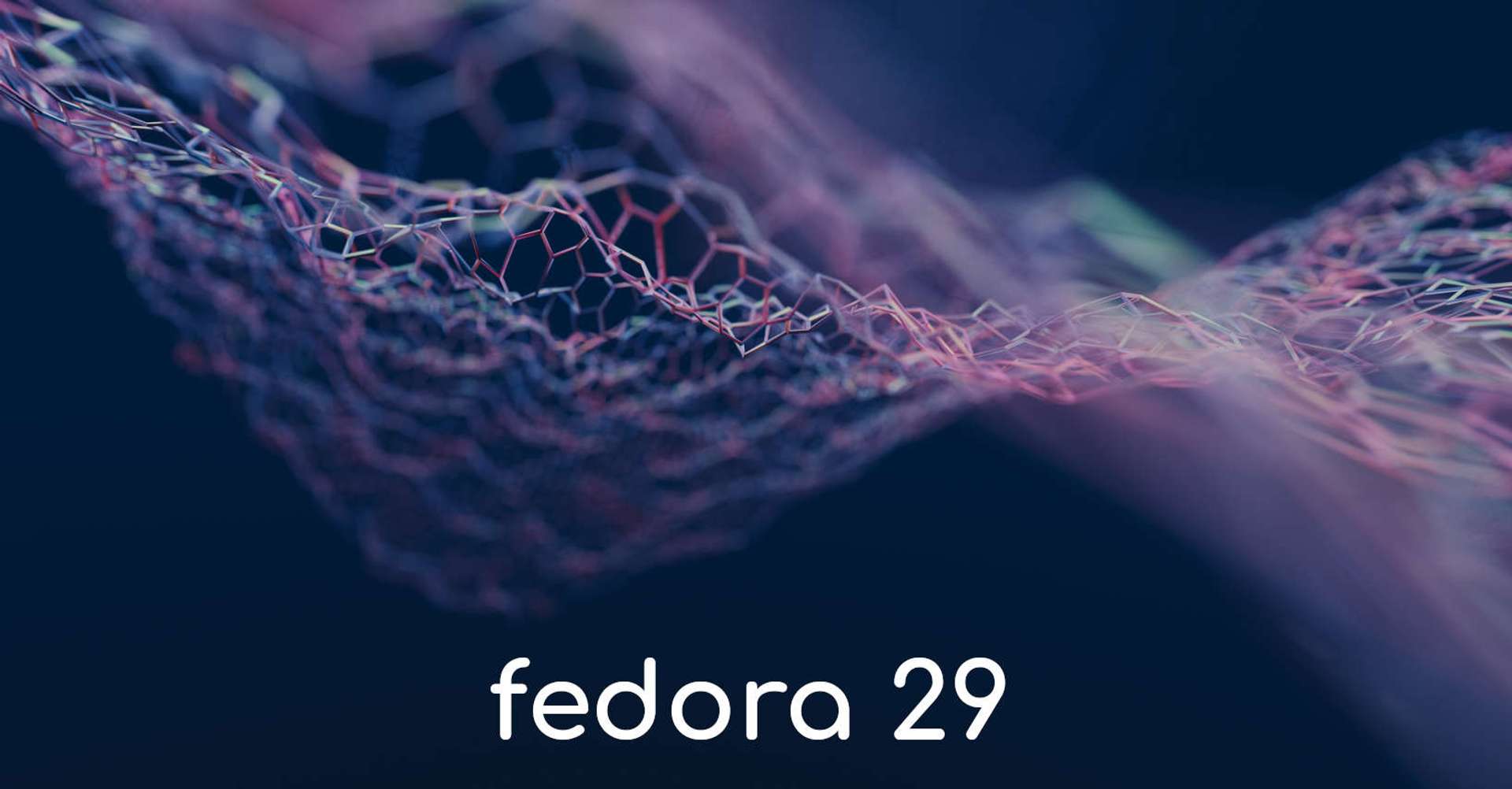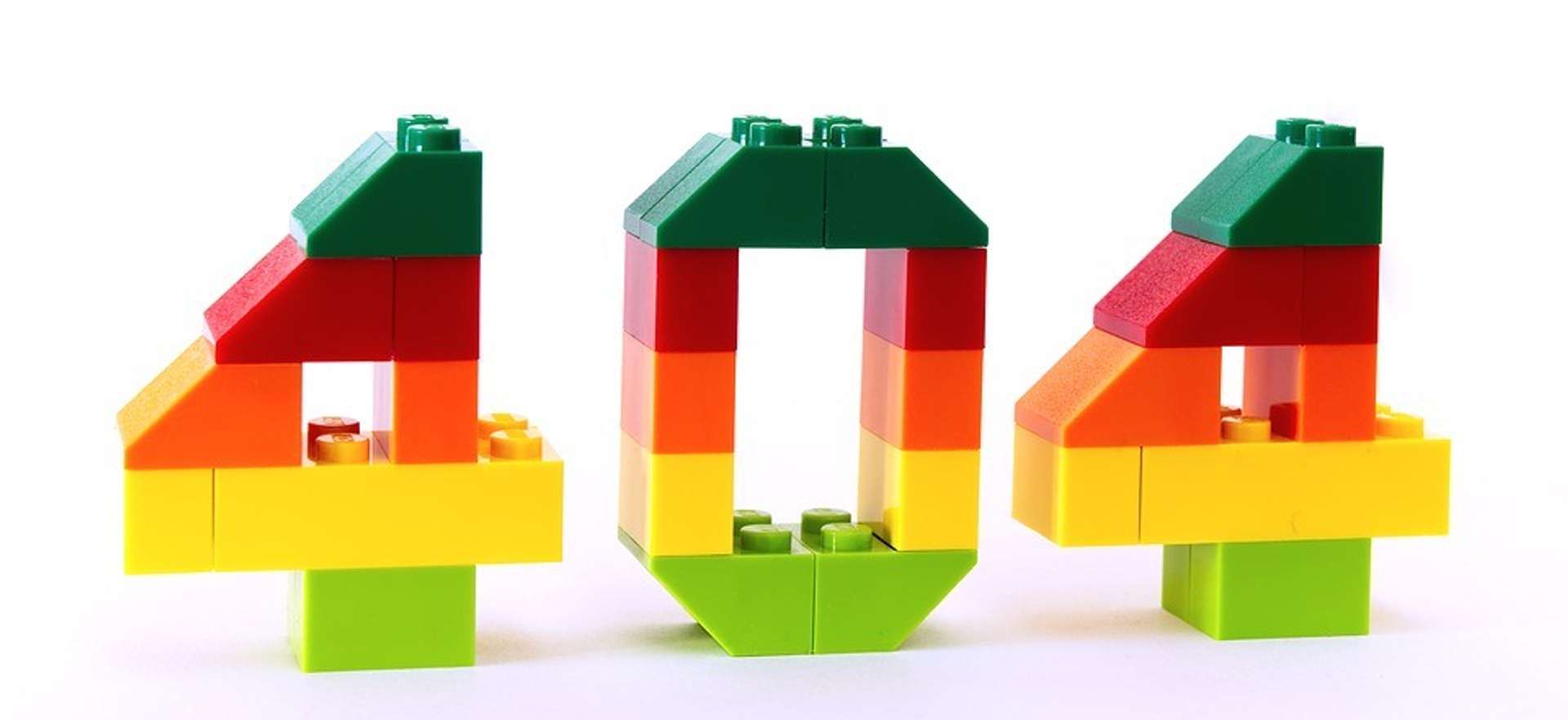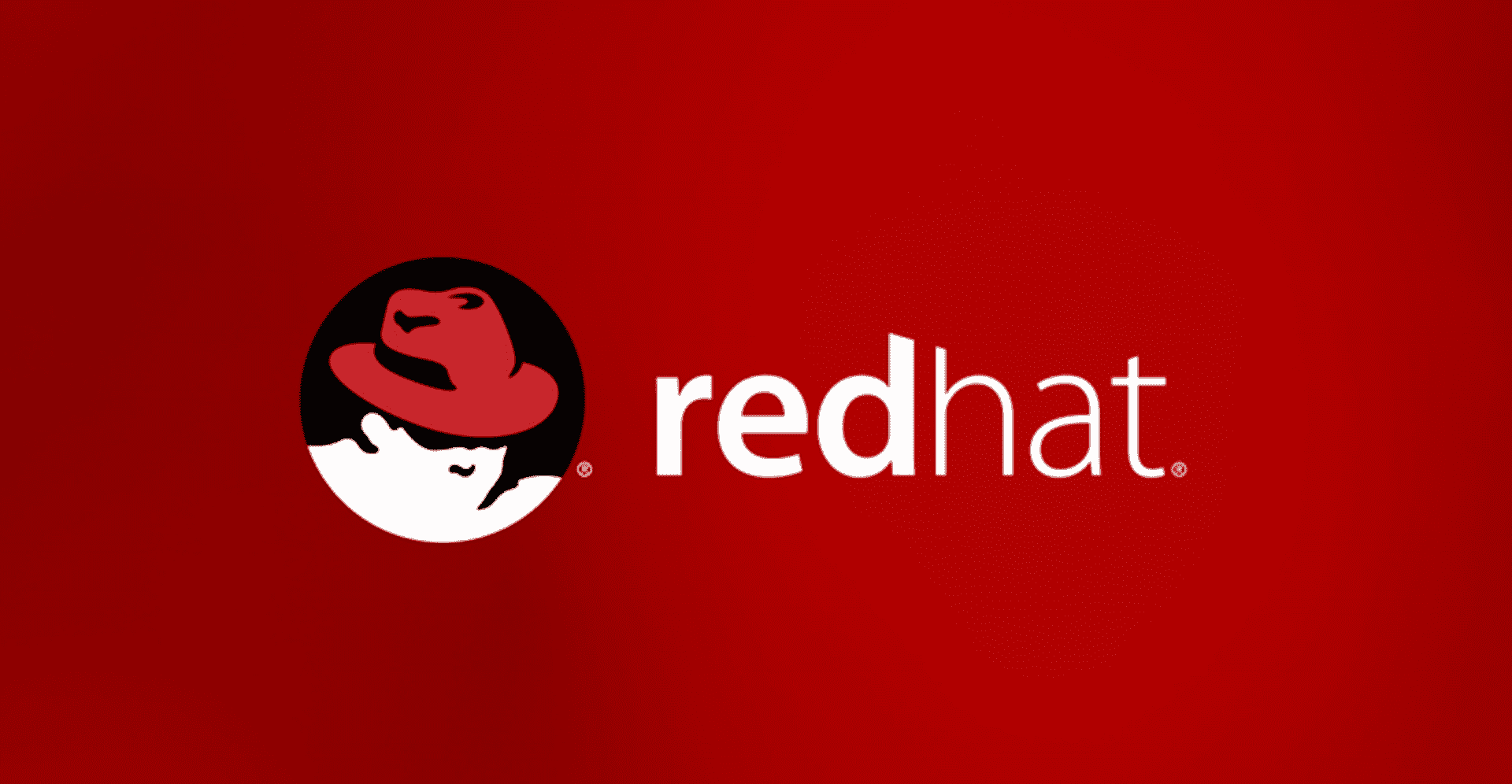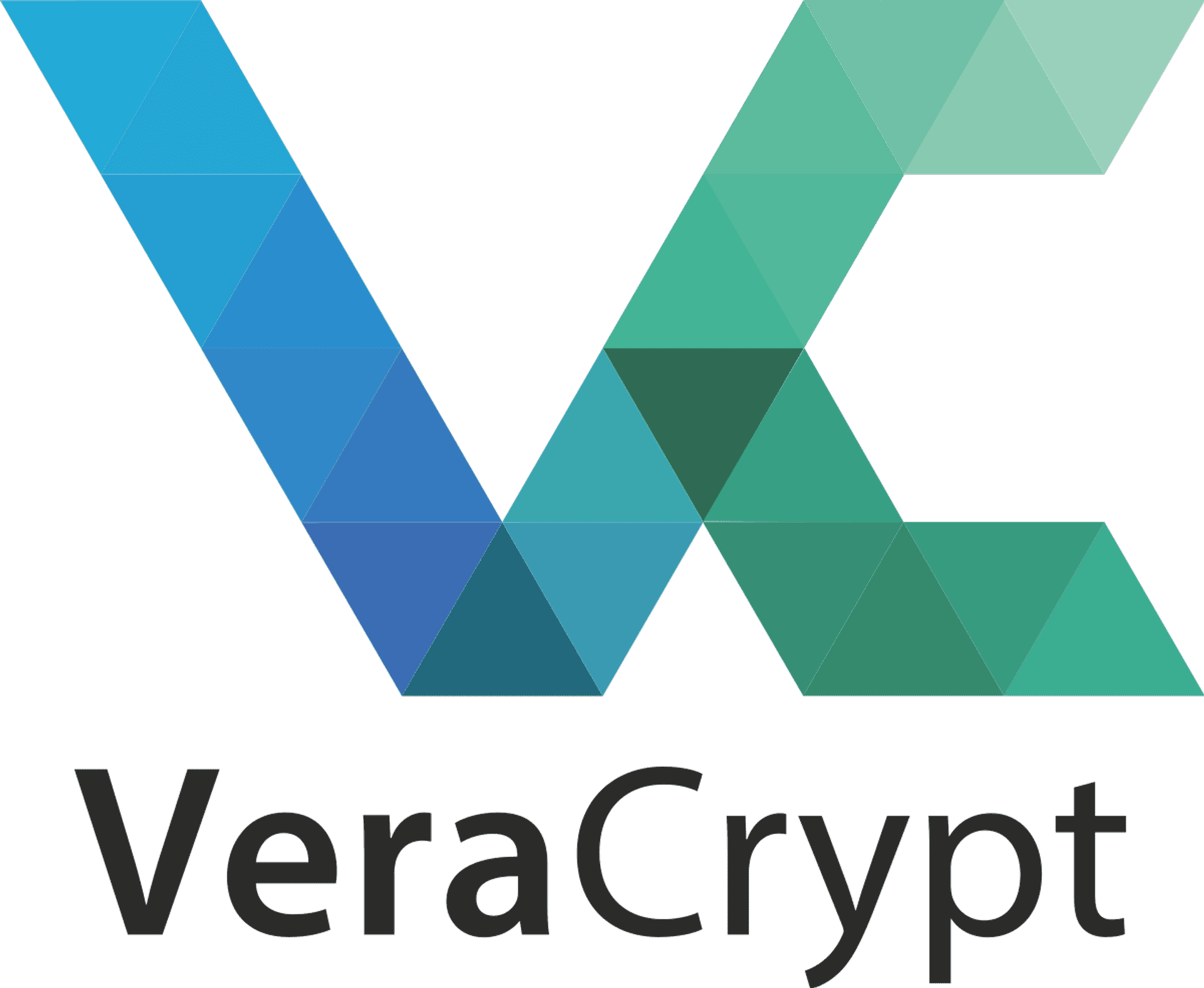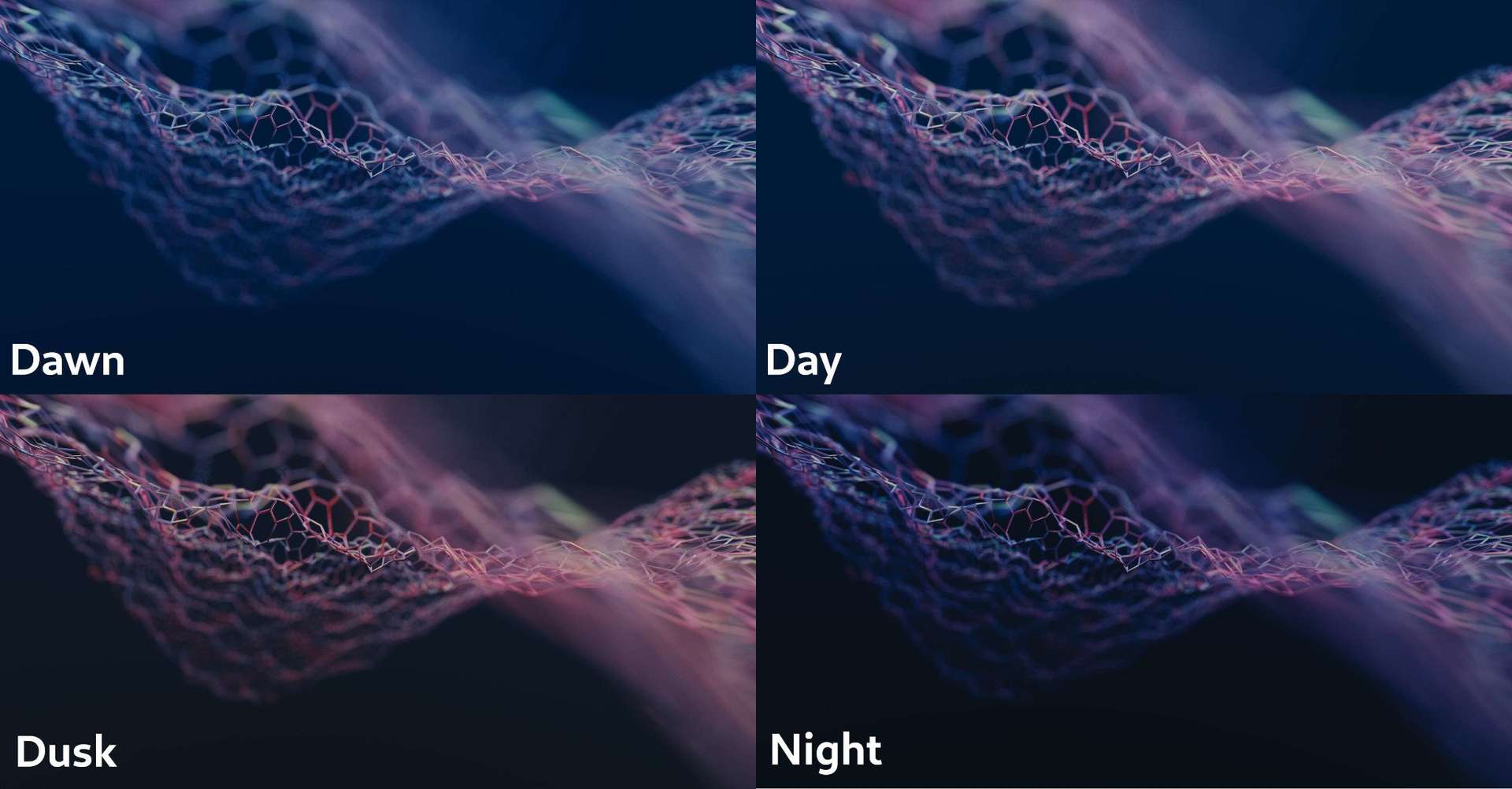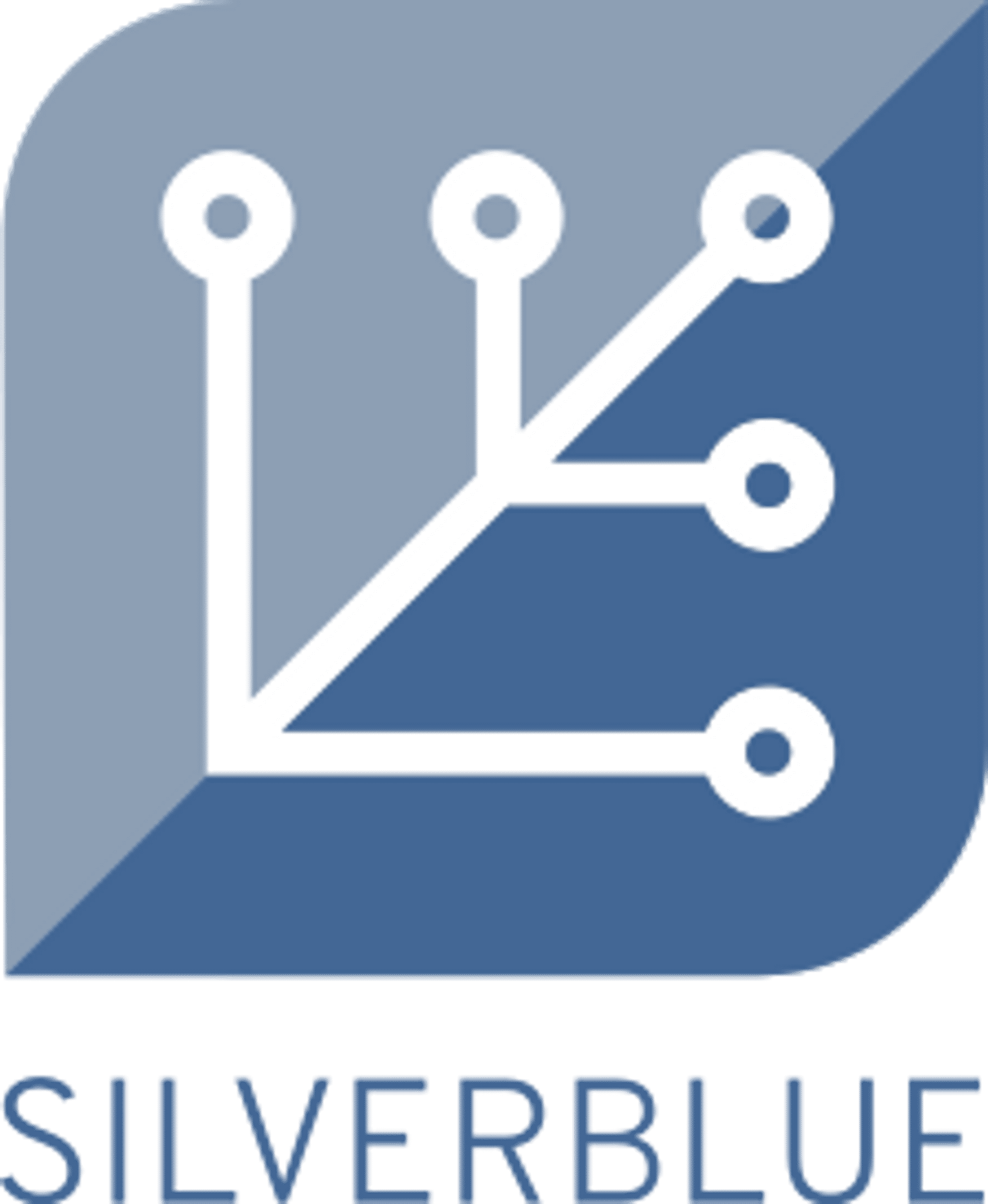At the end of October a new release of Fedora Workstation was made available: Fedora 29.
I just wanted to give a brief overview of what has changed, and some of the things to look out for.
...so what has changed since Fedora 28? #
This is a quick list of the updates and additions. I go into more detail on each point further into the article:
- Modularity - this is the big change with this release, and potentially an important one, both now and for the future.
- GNOME has been updated to 3.30 - Lots of new features and improved performance. Another important change.
- Flatpak support is integrated by default. This (potentially) represents the future of Linux inter-distribution package development.
- Inclusion of non-free packages (if you enable them). Can be both good or bad depending on your viewpoint.
- New wallpaper. I'm always in anticipation of the new wallpaper, and this one has been released with a dynamic version (more on that later).
- TLS 1.3.
- Hidden Grub.
- Various software package updates (Python etc.)
Modularity #
This is a big one. Going forward this has a lot of potential.
One of the big advantages of running Fedora is that it tends to be the linux distribution with the latest software packages. It is considered bleeding edge.
Being at the bleeding edge has downsides #
Being at the forefront is great, but it does have a downside, especially if you are involved in software coding and design. For example you may have a software stack that utilises Python 3.6. Then you upgrade Fedora, and it now comes with Python 3.7. . .ooops!
So now you have an issue. Your code is broken until you re-write it to be compatible with Python 3.7 (this is of course hypothetical and could be applied to many things, but you get the point).
What if you could have old and new together? #
This is where the modularity comes in.
You can have a self contained module that runs Python 3.6, and a different one that contains Python 3.7. This allows you to keep a stable setup in one module, whilst taking advantage of the newer 3.7 version in a separate module.
This could be used to test your upgrade path, or just try out new features, but the point is you have the choice!
It is like a new form of Long Term Support (LTS) #
One of the oft mentioned downsides of Fedora is that it has a six month upgrade cycle, which is pretty rapid by any standard.
Therefore, people often ask why an LTS version isn't offered. The simple answer is that it would require way too much work, and therefore money, to implement.
If you don't believe me you can hear it from the horses mouth in this great interview with Fedora project leader Matthew Miller.
If you really think about it, what LTS provides is stability. Usually, that stability is achieved by not upgrading your operating system for a long time (in the order of years). This allows you to keep the base up to date (think security patches), whilst software versions remain stable.
However, if you have the ability to continue to run the same software versions, even after an operating system upgrade, then LTS is not really required.
The modularity that has been introduced in Fedora 29 gives you inherent stability if you require it, whilst also giving you access to the latest software versions. This enhances your ability to upgrade software smoothly.
Furthermore, it also has the potential to work the other way around. . .there is more on that in the video above, but essentially it would allow Red Hat Enterprise Linux (RHEL) versions (which tend to be more LTS oriented) to take advantage of the more up to date software versions available in Fedora.
Modularity is an excellent addition all round, for now, and the future.
GNOME 3.30 #
GNOME is another of the main updates with regard to the release of Fedora 29. Some exciting and useful features are now available.
I have picked out some specific new features that are of interest below, but for a full list be sure to checkout the release notes.
Performance #
A major criticism of GNOME has always been that it is resource hungry. This has been somewhat remedied in this release, with a reduced RAM footprint and various behind the scenes fixes for memory leaks and the like.
Flatpaks #
Flatpaks essentially represent (potentially at least) the future of how Linux software will be produced and distributed on the workstation variants of Linux.
Currently if you want to produce software for Linux workstations you would have to consider the different package distribution types (rpm and deb), which I understand is not particularly straight forward. Flatpaks can be used on any Linux distribution. This simplifies the production process for developers.
In addition, the new version of GNOME features automatic updates of Flatpaks, making the workstation users life easier as well.
You can check out available software at Flathub, which is the central repository for Flatpaks.
VeraCrypt Integration #
VeraCrypt (previously known as TrueCrypt) allows you to create encrypted containers (could be a file or a whole drive). Including advanced features such as hidden volumes.
GNOME Disks utility now has the ability to decrypt and mount VeraCrypt volumes natively.
An excellent addition for the security conscious.
Other Features #
Apart from the above there is also:
- improved screen sharing
- settings now features thunderbolt devices
- a more streamlined location and search bar in the Files app
- improvements to the GNOME note taking app Notes
- minimal reader view for webpages
- Windows server remote desktop access with RDP
- A new podcasts app
- More games
Non-Free packages included #
There are a limited number of non-free (i.e. proprietary) software packages available for install with Fedora 29. By default they are not installed, but the option is there.
Uh Oh! This is a slippery slope... #
One of the reasons that people in the past have chosen to go with fedora is that by default ONLY open source software is available upon install. With the release of Fedora 29 this is no longer the case, and there will be some people thinking that this is the beginning of the end for Fedora and its open source roots.
Add this to the fact that IBM has acquired RHEL, and you have yourself quite the conspiracy story!
It is likely for the better #
The fact is that you can still install Fedora, and without any effort whatsoever be guaranteed that you are still open source only.
Even in previous Fedora releases it has always been a breeze to get proprietary packages due to the presence of the RPMFusion repository. It's not like we are opening the floodgates all of a sudden.
. . .so the limited proprietary software that has been made available is likely just to ease the pain of installing software that the vast majority need anyway.
As an example, I understand Nvidia users have a very hard time due to Nvidia drivers being proprietary, which with Fedora 29 should be a thing of the past!
As for IBM acquiring RHEL, only time will tell. . .
New Wallpaper! #
This is my favourite part!
The designs of the Fedora wallpapers are something to look forward to. Elegant, simple and imaginative without being tacky or distracting.
Here is the new Fedora 29 wallpaper:
However, this time there is a twist. . .you can also have a dynamic version of the wallpaper!
What this basically means is that as the day passes by, the colours in the wallpaper gradually change to reflect the time of day. It is a simple but beautiful concept. Here are the four wallpapers that it graduates between as the day wears on:
You will however have to install and activate the dynamic wallpaper manually, so run this:
sudo dnf install f29-backgrounds-animated
. . .and then go and activate the wallpaper on the desktop. The dynamic wallpaper is indicated by a (very) small clock in the bottom right of the thumbnail image.
If you want access to the picture files then check out the Fedora 29 wallpaper github repository, which contains them all.
I believe this has featured before, but as far as I am aware the last time this happened was back in Fedora 26. Anyway, enjoy!
Grub Behaviour Update #
Grub is what you see on boot telling you the Fedora kernel version you are about to boot into.
From Fedora 29 this will no longer show if the only thing you have installed on your system is a single Fedora install. This will speed up the boot process.
General Updates #
There have also been the usual upgrades to various software packages to keep you right up to date. Including the following:
- TLS 1.3 is now supported
- Python 3.7
- Golang 1.11
- Perl 5.28
- Ruby on Rails 5.2
- Node.js 10.x
- MySQL 8
Conclusions #
All in all I think Fedora 29 has been an impressive release, and it sets an excellent tone for the future.
You should also bear in mind that the items covered in this article are primarily concentrated on the Workstation edition.
However, the Fedora development team have been making great progress with what could be the next generation of desktop in the form of project SilverBlue. In addition, IOT support has been enhanced by enabling support for ZRAM support for swap on ARMv7 and aarch64. This opens the door for devices such as the Raspberry Pi for example.
A lot to look forward to in Fedora 30 and beyond!
🙏🙏🙏
Since you've made it this far, sharing this article on your favorite social media network would be highly appreciated. For feedback, please ping me on Twitter.
...or if you want fuel my next article, you could always:
Published
